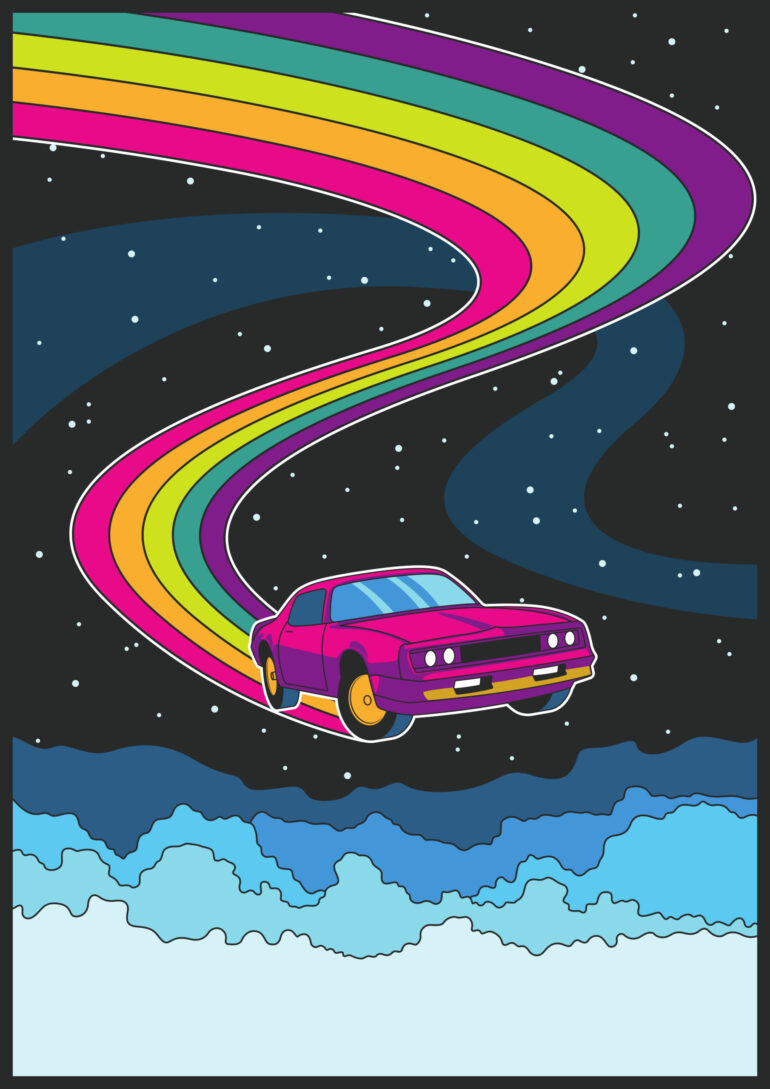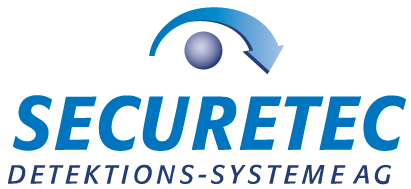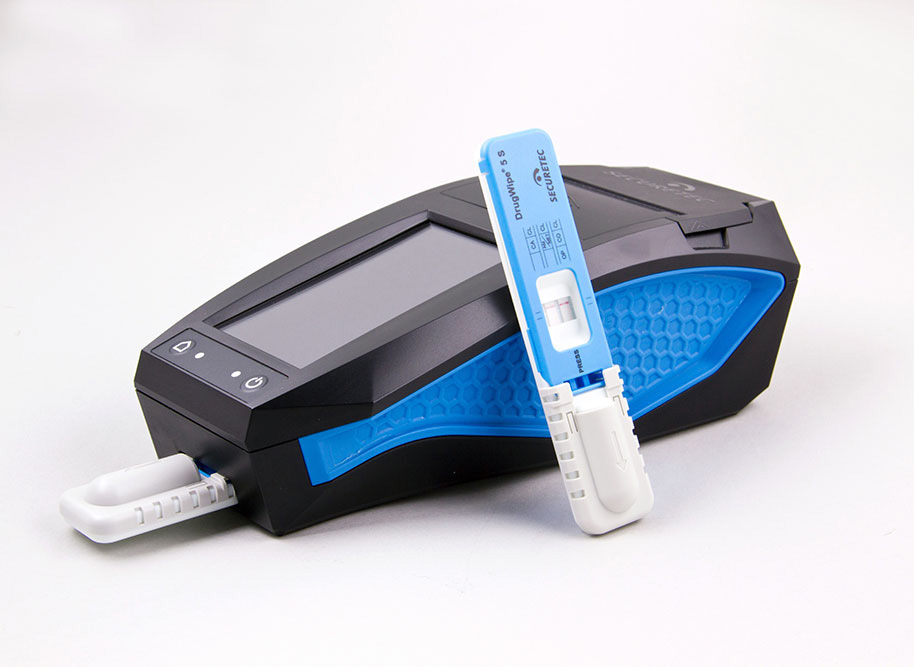
Detecting misuse of hallucinogens
More accidents due to rising consumption of hallucinogens
The consumption of hallucinogens is rising sharply across Europe. Both the number of seizures and the quantities seized are on the increase. In the past 12 months, around 20% of drug users have taken LSD and 13% have taken ketamine. This increases the risk of people driving under the influence of hallucinogens.
When drug users take hallucinogens, it seems to them as though the world dissolves into a series of kaleidoscopic images. They hear colours, see sounds and are no longer able to perceive their environment accurately. They are unable to concentrate or pay attention, their response times are slowed and their ability to make sound judgements evaporates. In some cases, users no longer perceive themselves as separate beings and feel as though they have merged into their surroundings.
Many users know that they are hallucinating and remain incredibly communicative but are no longer able to cope with reality. Anyone driving in this state is a danger to themselves and to others. The effects are usually long-lasting—often persisting for over 12 hours in the case of LSD. An additional risk is presented by unpredictable flashbacks—where users suddenly re-experience the effects of the drug for weeks or months after consumption. Some traffic experts recommend not driving a car for up to three months after taking hallucinogens.
The seizures recorded by the European Monitoring Centre for drugs and Drug addiction (EMCDDA) indicate that consumption is growing in Europe—in terms of both frequency and quantities. The Netherlands is seeing an increase in ketamine use on the nightclub scene, while there are reports of large seizures of LSD in some Scandinavian countries. In addition, both France and the Netherlands are experiencing a growth in the consumption of laughing gas (dinitrogen monoxide). Laughing gas is readily available, even for minors. Control of this substance presents a challenge for authorities, as it is permitted for commercial purposes, such as the inflation of balloons or in the chargers of whipped cream dispensers. 19 countries have reported seizures of a total of 158 kilos of hallucinogenic mushrooms. Young adults (aged 15 to 34) are particularly likely to experiment with these substances. All these indications have prompted the EMCDDA to call for improved monitoring, as the situation in Europe is very heterogeneous and hallucinogens are not recorded consistently.
Growing consumption also always means an increase in the number of people who can no longer assess dangerous situations realistically and may, for example, choose to drive home while under the influence of a hallucinogenic drug. Intensive awareness-raising and appropriate screening serve to combat this risk. There is as yet no rapid saliva screening test for LSD but this type of test is ideal for detecting other hallucinogens.

The DrugWipe® 6 S rapid screening test reliably detects ketamine consumption in saliva—
just ask, we’re always happy to help.
References:
European Drug Report 2022, European Monitoring Centre for Drugs and Drug Addiction (EMCDDA), Lisbon — Deutsche Hauptstelle für Suchtfragen e.V. (German Centre for Addiction Issues), Hamm, www.dhs.de — Bundesanstalt für Straßenwesen (German Federal Highway Research Institute), www.bast.de, Bergisch Gladbach



